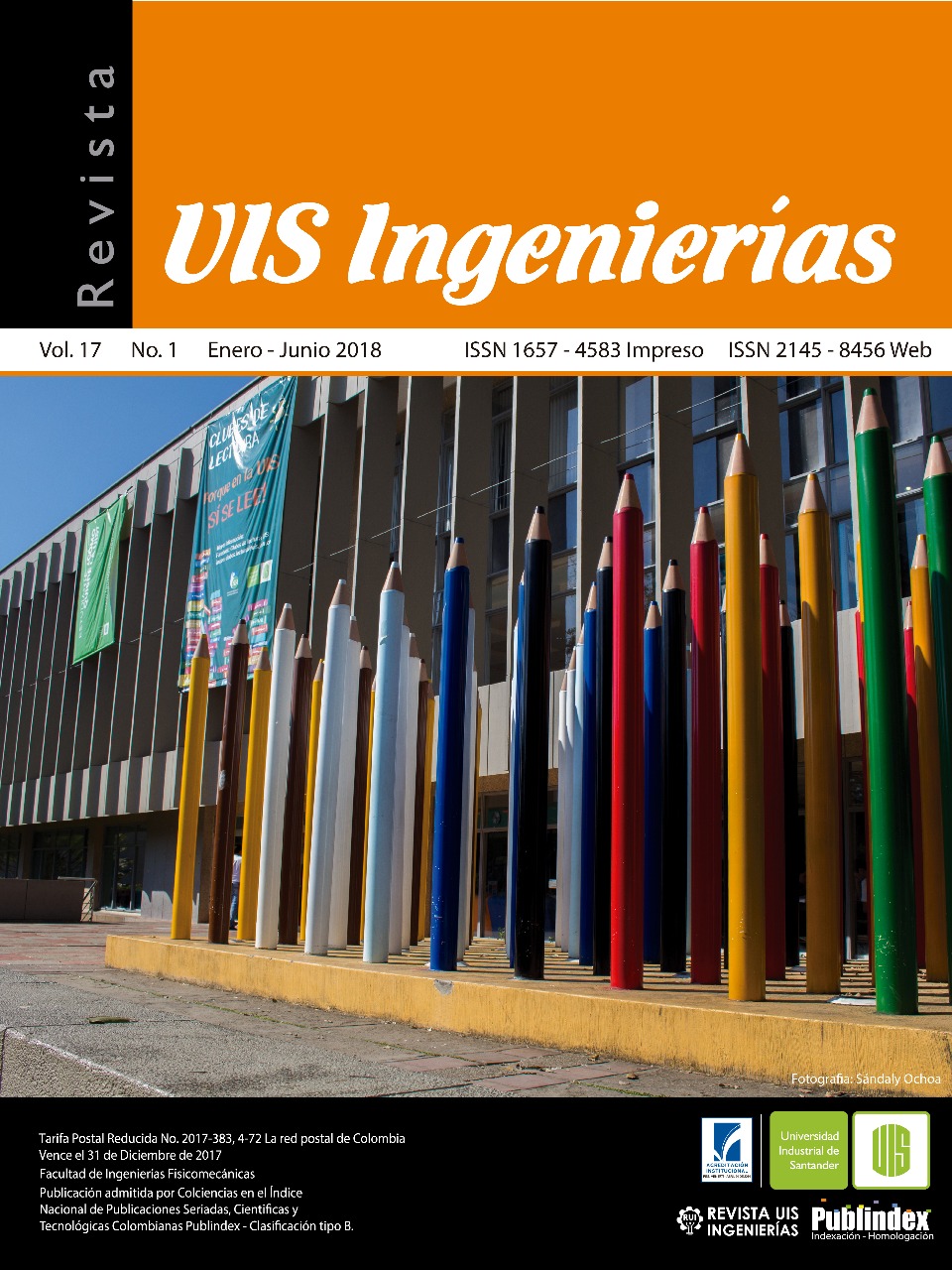Multiresolution-based reconstruction for compressive spectral video sensing using a spectral multiplexing sensor
Published 2018-01-11
Keywords
- Multiresolution reconstruction,
- compressive spectral video,
- optimization
How to Cite
Abstract
Spectral multiplexing sensors based on compressive sensing attempt to break the Nyquist barrier to acquire high spectral resolution scenes. Particularly, the colored coded aperture-based compressive spectral imager extended to video, or video C-CASSI, is a spectral multiplexing sensor that allows capturing spectral dynamic scenes by projecting each spectral frame onto a bidimensional detector using a 3D coded aperture. Afterwards, the compressed signal reconstruction is performed iteratively by finding a sparse solution to an undetermined linear system of equations. Even though the acquired signal can be recovered from much fewer observations by an − -norm recovery algorithm than using conventional sensors, the reconstruction exhibits diverse challenges originated by the temporal variable or motion. The motion during the reconstruction produces artifacts that damages the entire data. In this work, a multiresolution-based reconstruction method for compressive spectral video sensing is proposed. In this way, it obtains the temporal information from the measurements at a low computational cost. Thereby, the optimization problem to recover the signal is extended by adding temporal information in order to correct the errors originated by the scene motion. Computational experiments performed over four different spectral videos show an improvement up to 4dB in terms of peak-signal to noise ratio (PSNR) in the reconstruction quality using the multiresolution approach applied to the spectral video reconstruction with respect to the traditional inverse problem.
Downloads
References
H. Rueda, H. Arguello, and G. R. Arce, “Dmd-based implementation of patterned optical filter arrays for compressive spectral imaging,” JOSA A, vol. 32, no. 1, pp. 80–89, 2015.
K. Leon, L. Galvis, and H. Arguello, “Reconstruction of multispectral light field (5d plenoptic function) based on compressive sensing with colored coded apertures from 2d projections,” Revista Facultad de Ingeniería Universidad de Antioquia, no. 80, Ene. 2016.
A. Wagadarikar, N. P. Pitsianis, X. Sun, and D. J. Brady, “Video rate spectral imaging using a coded aperture snapshot spectral imager,” Optics Express, vol. 17, no. 8, pp. 6368–6388, 2009.
C. Correa, D. F. Galvis, and H. Arguello, “Sparse representations of dynamic scenes for compressive spectral video sensing,” Dyna, vol. 83, no. 195, p. 42, 2016.
K. Leon, L. Galvis, and H. Arguello, “Spectral dynamic scenes reconstruction based in compressive sensing using optical color filters,” in SPIE Commercial+ Scientific Sensing and Imaging. International Society for Optics and Photonics, 2016, pp. 98600D–98600D.
B. Pedraza, P. Rondon, and H. Arguello, “Sistema de reconocimiento facial basado en imágenes con color”, Revista UIS Ingenierías, vol. 10, no. 2, Dic. 2012.
A. B. Ramirez, H. Arguello, and G. Arce, “Video anomaly recovery from compressed spectral imaging,” in Acoustics, Speech and Signal Processing (ICASSP), 2011 IEEE International Conference on. IEEE, 2011, pp. 1321–1324.
J. Chen, Y. Wang, and H. Wu, “A coded aperture compressive imaging array and its visual detection and tracking algorithms for surveillance systems,” Sensors, vol. 12, no. 11, pp. 14397–14415, 2012.
A. Banerjee, P. Burlina, and J. Broadwater, “Hyperspectral video for illumination-invariant tracking,” in Hyperspectral Image and Signal Processing: Evolution in Remote Sensing, 2009. WHISPERS’09. First Workshop on. IEEE, 2009, pp. 1–4.
T. Goldstein, L. Xu, K. F. Kelly, and R. Baraniuk, “The stone transform: Multi-resolution image enhancement and compressive video,” IEEE Transactions on Image Processing, vol. 24, no. 12, pp. 5581–5593, 2015.
A. C. Sankaranarayanan, L. Xu, C. Studer, Y. Li, K. F. Kelly, and R. G. Baraniuk, “Video compressive sensing for spatial multiplexing cameras using motion-flow models,” SIAM Journal on Imaging Sciences, vol. 8, no. 3, pp. 1489–1518, 2015.
D. Reddy, A. Veeraraghavan, and R. Chellappa, “P2c2: Programmable pixel compressive camera for high speed imaging,” in Computer Vision and Pattern Recognition (CVPR), 2011 IEEE Conference on. IEEE, 2011, pp. 329–336.
C. Liu, “Beyond pixels: exploring new representations and applications for motion analysis,” Ph.D. dissertation, Citeseer, 2009.
M. A. T. Figueiredo, R. D. Nowak, and S. J. Wright, “Gradient projection for sparse reconstruction: Application to compressed sensing and other inverse problems,” IEEE Journal on Selected Topics in Signal Processing, vol. 1, no. 4, pp. 586–597, 2007.
A. Mian and R. Hartley, “Hyperspectral video restoration using optical flow and sparse coding,” Optics express, vol. 20, no. 10, pp. 10658–10673, 2012.
F. Yasuma, T. Mitsunaga, D. Iso, and S. K. Nayar. 2008 CAVE Projects: Multispectral Image Database. [Online].Available:http://www.cs.columbia.edu/CAVE/databases/multispectral/

